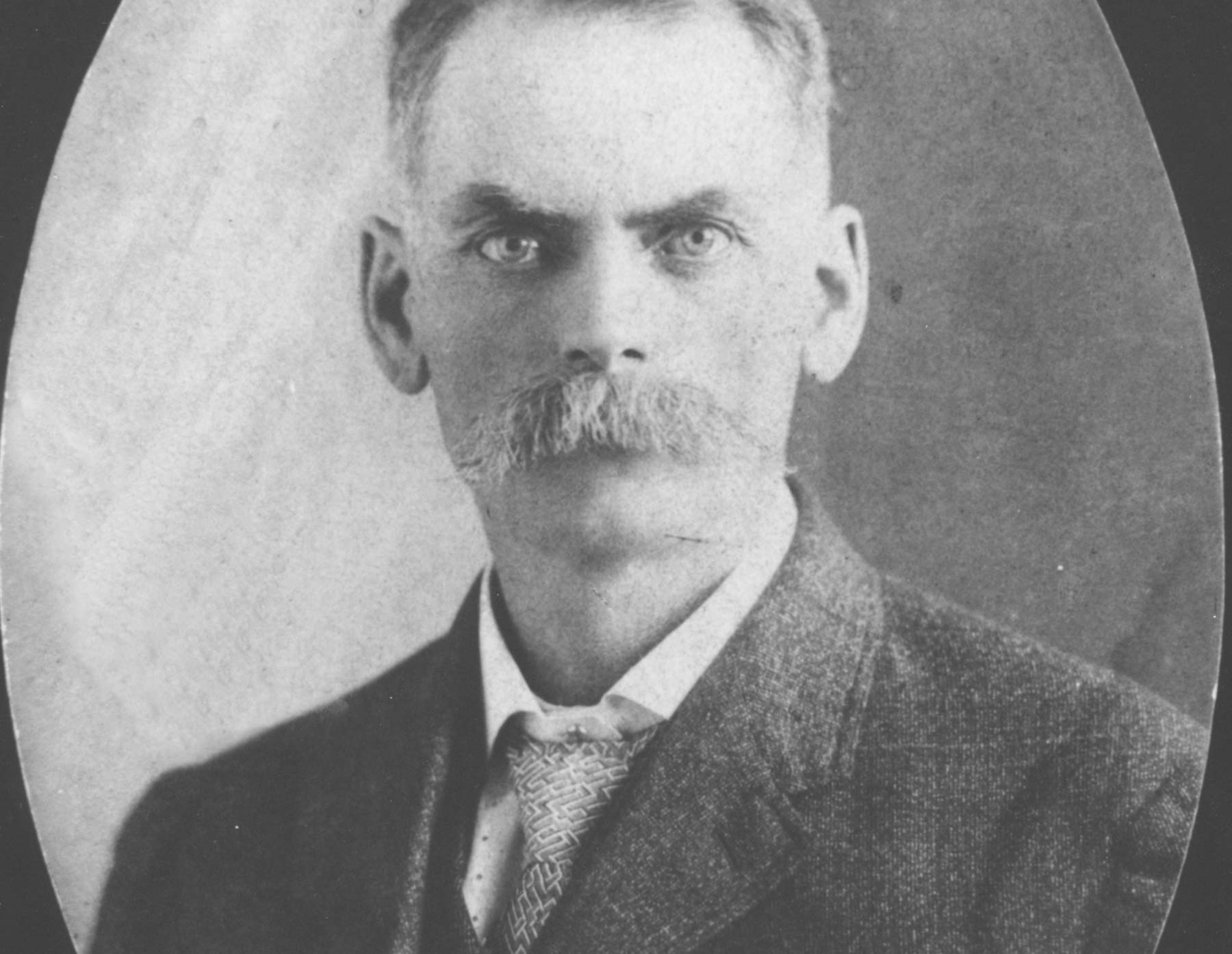Stephen Nelson Leek is known as the “Father of the Elk.” It is not hyperbole to say he played a significant role in the conservation work that made the current abundance of elk throughout Wyoming and the Rocky Mountains possible. The species’ future was once very much in doubt. Elk were nearly extirpated, in the continental United States the last remaining animals were found in and around the recently established Yellowstone National Park.
Leek was the driving force behind Congress’ creation of the National Elk Refuge north of Jackson. The refuge served as a reservoir for the re-population of elk across the Rocky Mountain West.
Leek, who was born in 1858, in Ontario, Canada, had his conservation ethic ignited by early life experiences. In his youth he recalled flocks of passenger pigeons blocking out the sun. Then he was witness to their disappearance. Leek eventually moved to Nebraska and while there saw firsthand the decimation of the great bison herds.
In the 1880s, he struck out for Wyoming. He first settled in a cabin in the Bighorn Mountains, a cabin now on display in Cody at Old Trail Town. Then Leek made his way, via Yellowstone, to Jackson Hole. He reportedly fell in love with the area, its wildlife and a local woman. Leek married Etta Wilson, whose family is namesake for the town of Wilson.
The Leeks ran a dude ranch and guided hunters and anglers. One of whom was George Eastman, a founder of the emerging photography industry and inventor of Kodak film. Eastman gave Leek a camera, which became a tool in his future conservation efforts.
In the early 1900s, another species seemed to be headed towards extinction before Leek’s eyes. The local elk population suffered as migration corridors were blocked and some of the continent’s most crucial winter range was replaced by houses and businesses. Leek poured time and personal finances into saving the elk. He was elected to the Wyoming Legislature, secured funding to feed the elk, pushed changes to prevent groups from harvesting elk for their teeth and tusks. Leek championed abolishing market hunting and then went east with photos he had taken of starving elk to advocate for the animals in New York and Washington, DC. He again had success. This time getting Congress to create the National Elk Refuge. Elk from the Refuge were eventually shipped by rail to areas across Wyoming and the West.
Leek’s photos can now be found at the University of Wyoming and at the Jackson Hole Historical Society and Museum.
Leek was the driving force behind Congress’ creation of the National Elk Refuge north of Jackson. The refuge served as a reservoir for the re-population of elk across the Rocky Mountain West.
Leek, who was born in 1858, in Ontario, Canada, had his conservation ethic ignited by early life experiences. In his youth he recalled flocks of passenger pigeons blocking out the sun. Then he was witness to their disappearance. Leek eventually moved to Nebraska and while there saw firsthand the decimation of the great bison herds.
In the 1880s, he struck out for Wyoming. He first settled in a cabin in the Bighorn Mountains, a cabin now on display in Cody at Old Trail Town. Then Leek made his way, via Yellowstone, to Jackson Hole. He reportedly fell in love with the area, its wildlife and a local woman. Leek married Etta Wilson, whose family is namesake for the town of Wilson.
The Leeks ran a dude ranch and guided hunters and anglers. One of whom was George Eastman, a founder of the emerging photography industry and inventor of Kodak film. Eastman gave Leek a camera, which became a tool in his future conservation efforts.
In the early 1900s, another species seemed to be headed towards extinction before Leek’s eyes. The local elk population suffered as migration corridors were blocked and some of the continent’s most crucial winter range was replaced by houses and businesses. Leek poured time and personal finances into saving the elk. He was elected to the Wyoming Legislature, secured funding to feed the elk, pushed changes to prevent groups from harvesting elk for their teeth and tusks. Leek championed abolishing market hunting and then went east with photos he had taken of starving elk to advocate for the animals in New York and Washington, DC. He again had success. This time getting Congress to create the National Elk Refuge. Elk from the Refuge were eventually shipped by rail to areas across Wyoming and the West.
Leek’s photos can now be found at the University of Wyoming and at the Jackson Hole Historical Society and Museum.
Year
2015
Inductee Teaser Photo
Leek_Teaser
Inductee Main Photo

Parent Node
4095
HOF Id
6
Node order
50
